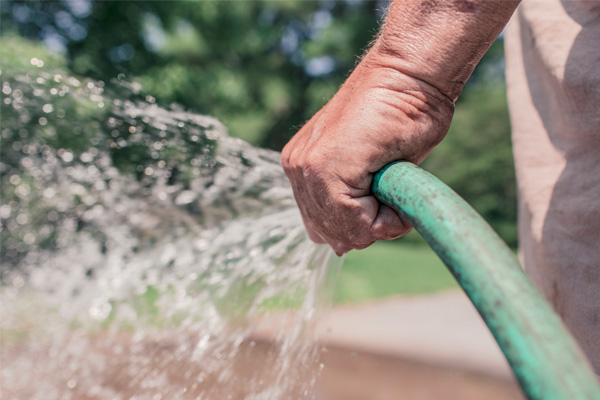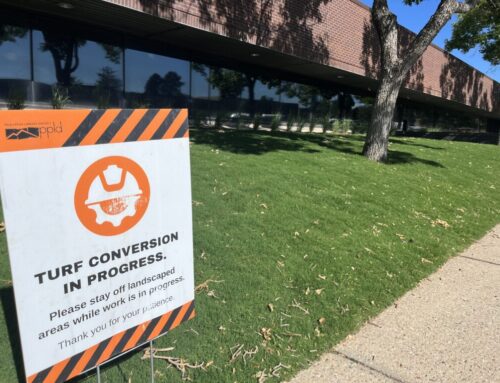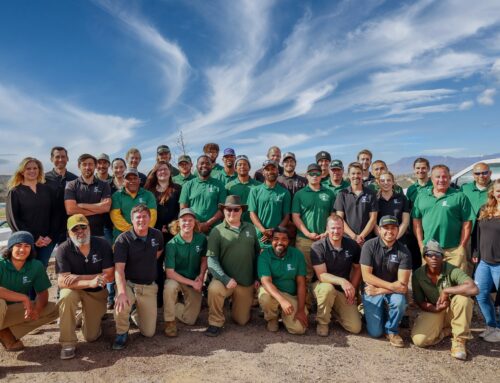The recent weather in Colorado Springs makes it seem that spring has arrived. You may be wondering if you should be watering your yard. In fact, it IS important to water your lawn, plants, and trees during the winter months (November-April)—and this is especially important when there has not been much snow. Even in their dormant state, grasses, plants and trees and their root systems need some moisture during the winter to return strong and healthy during the growing season. Additionally, in March and April, your plants and trees are developing new roots, so it is critical to ensure they are getting the proper hydration before spring and summer come.
The current warm weather makes it perfect to water your lawn, as the water is unlikely to freeze (which can damage plants). The best time to water your yard is early to mid day, when the temperature of the air and ground will be above 40 degrees, with no snow cover. This will also allow plenty of time for the water to soak in before it has the potential of freezing over night. Remember, the point of winter watering is to make certain the roots are receiving the proper hydration. Because temperatures are still dropping below freezing almost every night it is important to not turn your irrigation system on yet. This will prevent any freeze damage happening to your pipes.
So how much water do your plants need, and how do you know they received enough water? If there has not been any snow, you should water your yard twice a month between November and April. Trees need about 10 gallons of water per month for each inch in diameter of the trunk. If you have a tree that is 3” in diameter, it will need 30 gallons of water that month. Shrubs that are less than 3’ high need about 5 gallons of water a month, while shrubs that are more than 6’ high need about 18 gallons of water per month. The best way to water your trees and plants is to use a hose and slowly water the plants to allow time for it to soak in. For lawn areas, you can utilize a sprinkler connected to your hose for greater coverage. Be sure to remove the hose from the spigot once you’re done to prevent freeze damage! One trick to find out how much water the ground has received is to put out cups and water until there is 0.5” to 1” of water in the cups.
Winter watering doesn’t have to consume a lot of time, but it is important to keep your yard thriving through the spring and summer.



